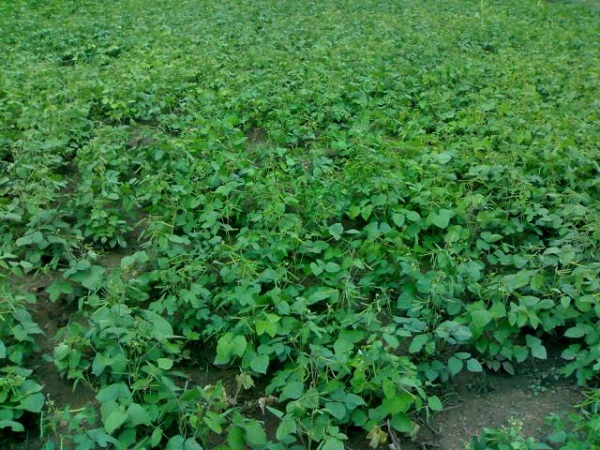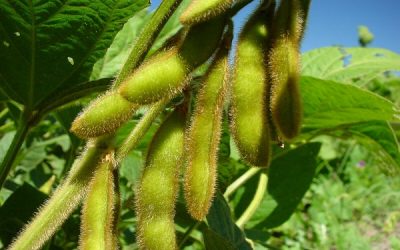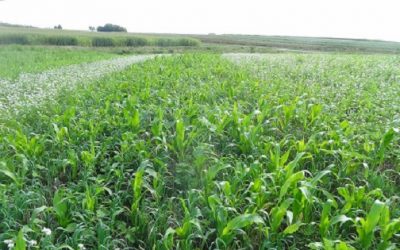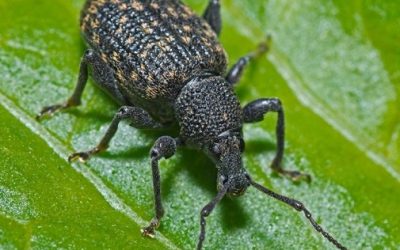Building and maintaining soil fertility

Soil forms the bedrock upon which plants grow, but the effects of climate change and other destructive land practices like deforestation contribute to depletion of soil nutrients which inorganic fertilisers alone cannot substitute, thus significantly resulting to decline in yield of crops.
It is key to maintain a fertile and healthy soil in order to avoid the catastrophic consequences of crop failure.
In doing so, it is important to build the Soil Organic Matter (SOM) which stores and supplies nutrients to roots, improves water infiltration and soil structure.
This is in addition to serving as buffer against changes in soil pH and supporting biological activities of soil microorganisms. Longer term application of SOM translates into higher water retention by the soil.
A point to note is that the presence of earthworms in the soil is an indicator of soil activity and good soil structure.
Amendments derived from legumes and immature cover crops are of high quality and boost fast growing microbes in addition to aiding short term release of nitrogen, while the more efficient microbes feed on amendments derived from mature grasses and manure, thus building a more stable and longer term SOM.
Also, roots release a more stable carbon than inputs and residues applied on top soil. This implies that it is vital to maintain a good root system in building SOM.
Again, growing cover crops such as cowpea and soya beans maximises root growth and balances residue quality. Also, growing perennial forage crops like wheat helps in improving SOM.


